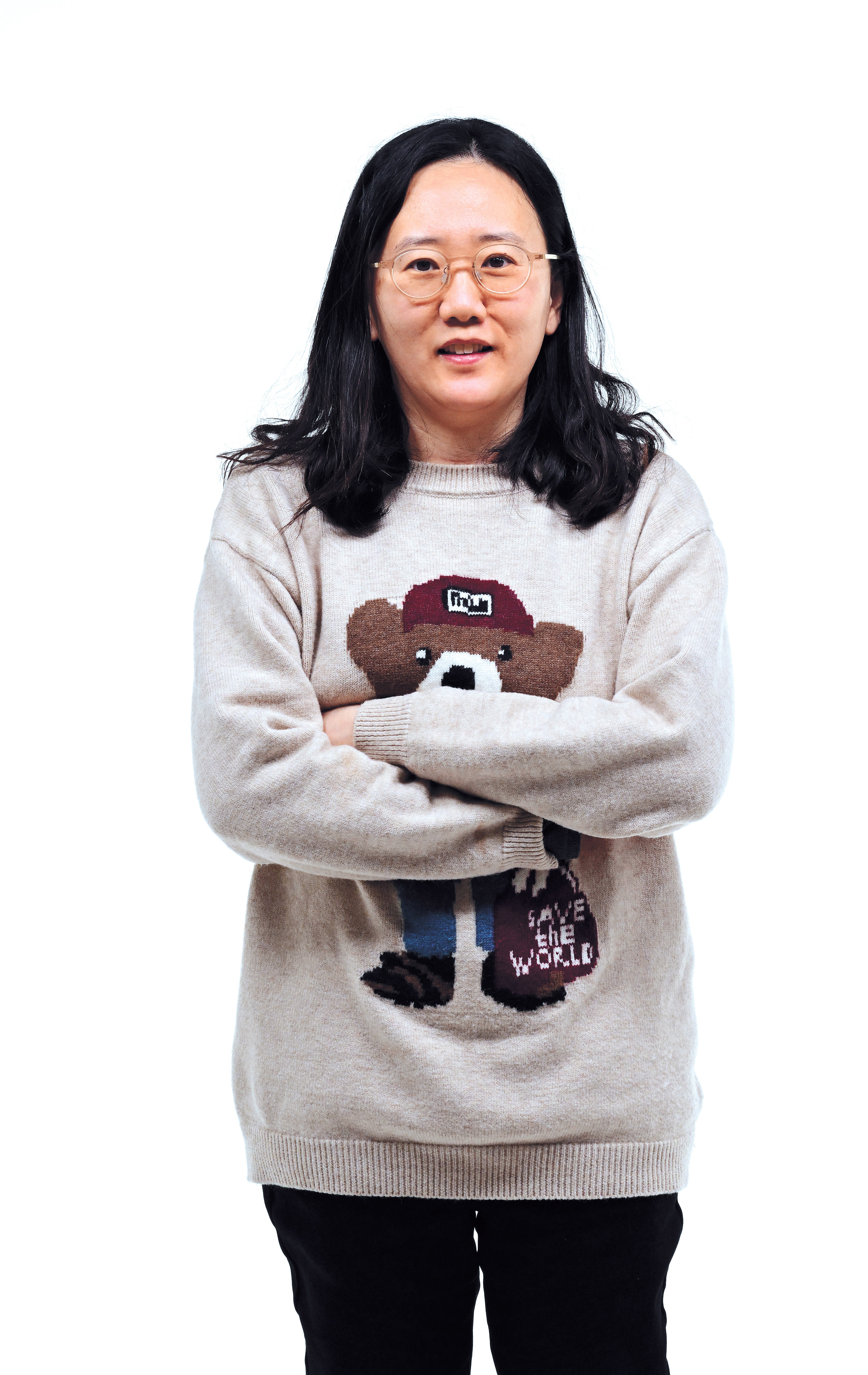1 in 5 under-30s neither in employment nor education
By Kim So-hyunPublished : Dec. 13, 2021 - 14:20

A fifth of people aged 15 to 29 in South Korea were not in employment, education or training (NEET), a report has shown, which would mark the third-highest level among members of the Organization for Economic Cooperation and Development.
The estimated number of NEET youth in South Korea is nearly 1.59 million, according to a report by Chung Jae-hyun, head of the youth policy research and development division at the Korea Employment Information Service.
They include about 778,000 who are seeking to get jobs, 507,000 who are not looking for jobs, 156,000 raising children or doing housework, 92,000 preparing to go to school and 53,000 who are ill or disabled, Chung said in the report presented at the KEIS’ youth policy forum last week.
The share of NEET women aged 15 to 29 had been higher than that of NEET men in the age group since the country started to compile such statistics in 2008, but they came to similar levels in 2017, and the percentage of NEET men surpassed that of women since last year.
Whereas the definition of NEET varies slightly across countries depending on their socioeconomic situations, the OECD defines them as young people who are neither employed nor in formal education. Employment, according to the OECD, covers all those who have been in paid work for at least one hour in the week of the survey or were temporarily absent from such work.
By OECD standards, NEET also includes those attending private institutes, or hagwon, to retake exams or get jobs.
The monthly average population of NEET youths in South Korea last year comes to nearly 1.64 million, accounting for 20.9 percent of those aged 15 to 29.
This is lower than the rates of only Italy (23.5 percent) and Mexico (22.1 percent) among the 13 OECD countries the OECD had NEET statistics for last year.
The percentage of NEET stood at 13.4 percent in the US, 7.6 percent in Sweden, 10.8 percent in Finland, 11.7 percent in Denmark, 14.2 percent in Australia, 18.5 percent in Spain, 15 percent in France and 12.4 percent in the UK.
The KEIS report also outlined the various government support that each type of youth NEET can apply for.
The estimated number of NEET youth in South Korea is nearly 1.59 million, according to a report by Chung Jae-hyun, head of the youth policy research and development division at the Korea Employment Information Service.
They include about 778,000 who are seeking to get jobs, 507,000 who are not looking for jobs, 156,000 raising children or doing housework, 92,000 preparing to go to school and 53,000 who are ill or disabled, Chung said in the report presented at the KEIS’ youth policy forum last week.
The share of NEET women aged 15 to 29 had been higher than that of NEET men in the age group since the country started to compile such statistics in 2008, but they came to similar levels in 2017, and the percentage of NEET men surpassed that of women since last year.
Whereas the definition of NEET varies slightly across countries depending on their socioeconomic situations, the OECD defines them as young people who are neither employed nor in formal education. Employment, according to the OECD, covers all those who have been in paid work for at least one hour in the week of the survey or were temporarily absent from such work.
By OECD standards, NEET also includes those attending private institutes, or hagwon, to retake exams or get jobs.
The monthly average population of NEET youths in South Korea last year comes to nearly 1.64 million, accounting for 20.9 percent of those aged 15 to 29.
This is lower than the rates of only Italy (23.5 percent) and Mexico (22.1 percent) among the 13 OECD countries the OECD had NEET statistics for last year.
The percentage of NEET stood at 13.4 percent in the US, 7.6 percent in Sweden, 10.8 percent in Finland, 11.7 percent in Denmark, 14.2 percent in Australia, 18.5 percent in Spain, 15 percent in France and 12.4 percent in the UK.
The KEIS report also outlined the various government support that each type of youth NEET can apply for.










![[Today’s K-pop] Blackpink’s Jennie, Lisa invited to Coachella as solo acts](http://res.heraldm.com/phpwas/restmb_idxmake.php?idx=644&simg=/content/image/2024/11/21/20241121050099_0.jpg&u=20241121172748)







